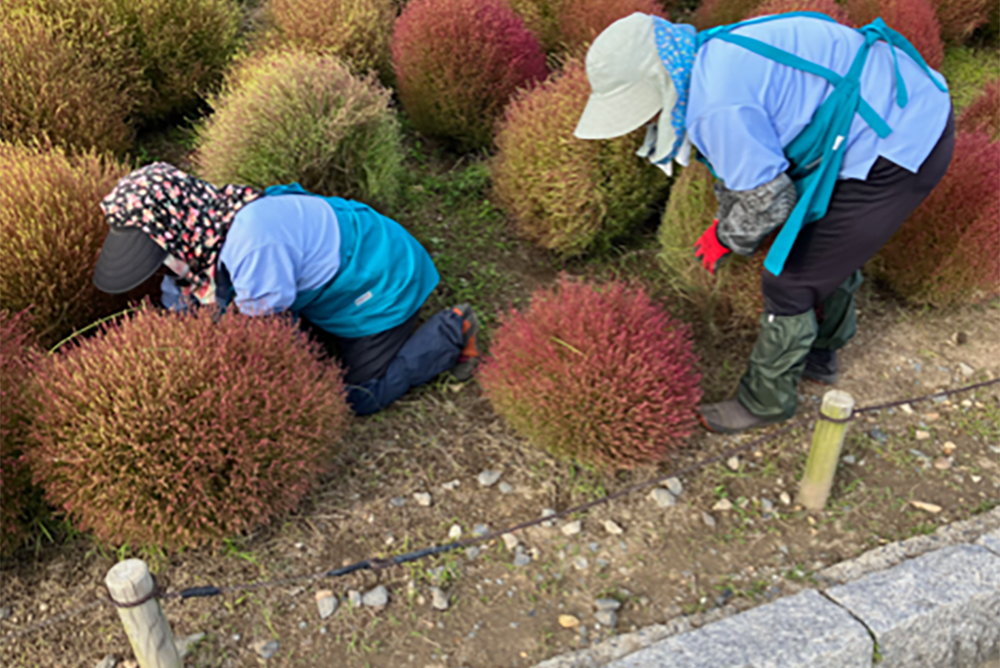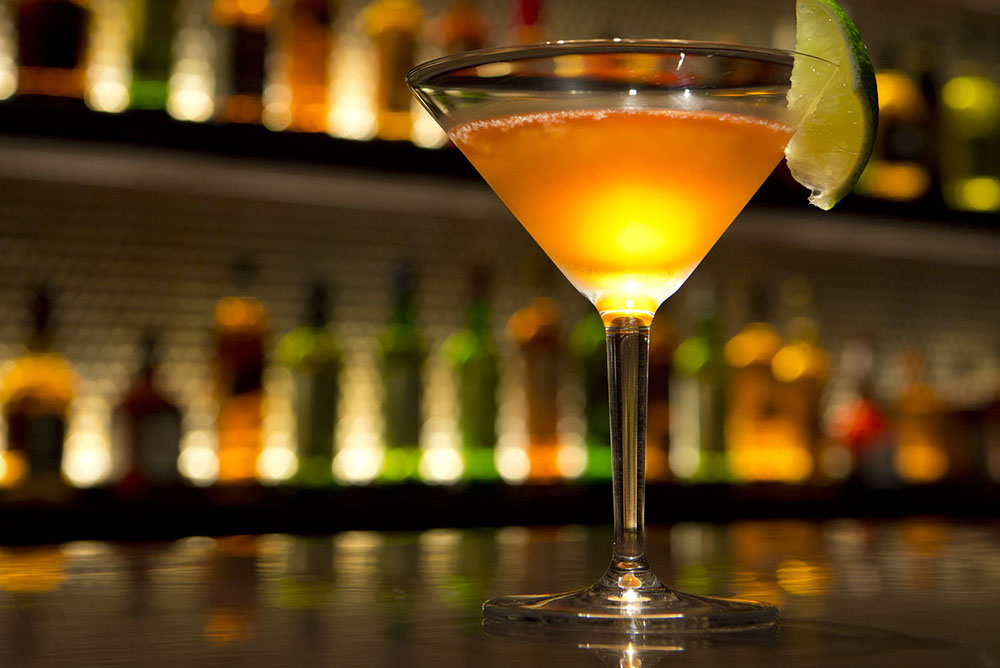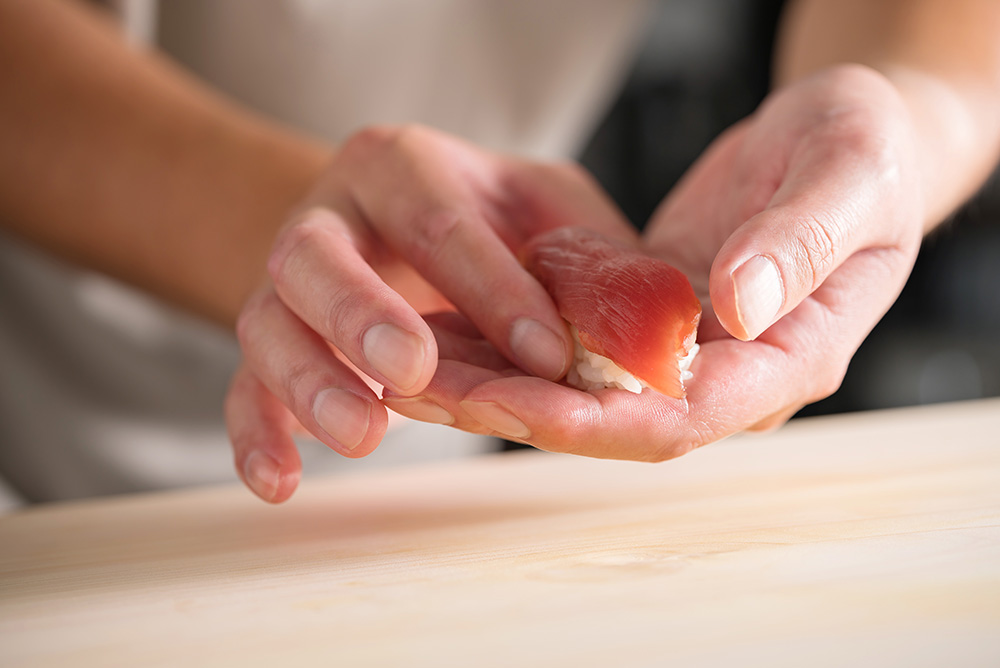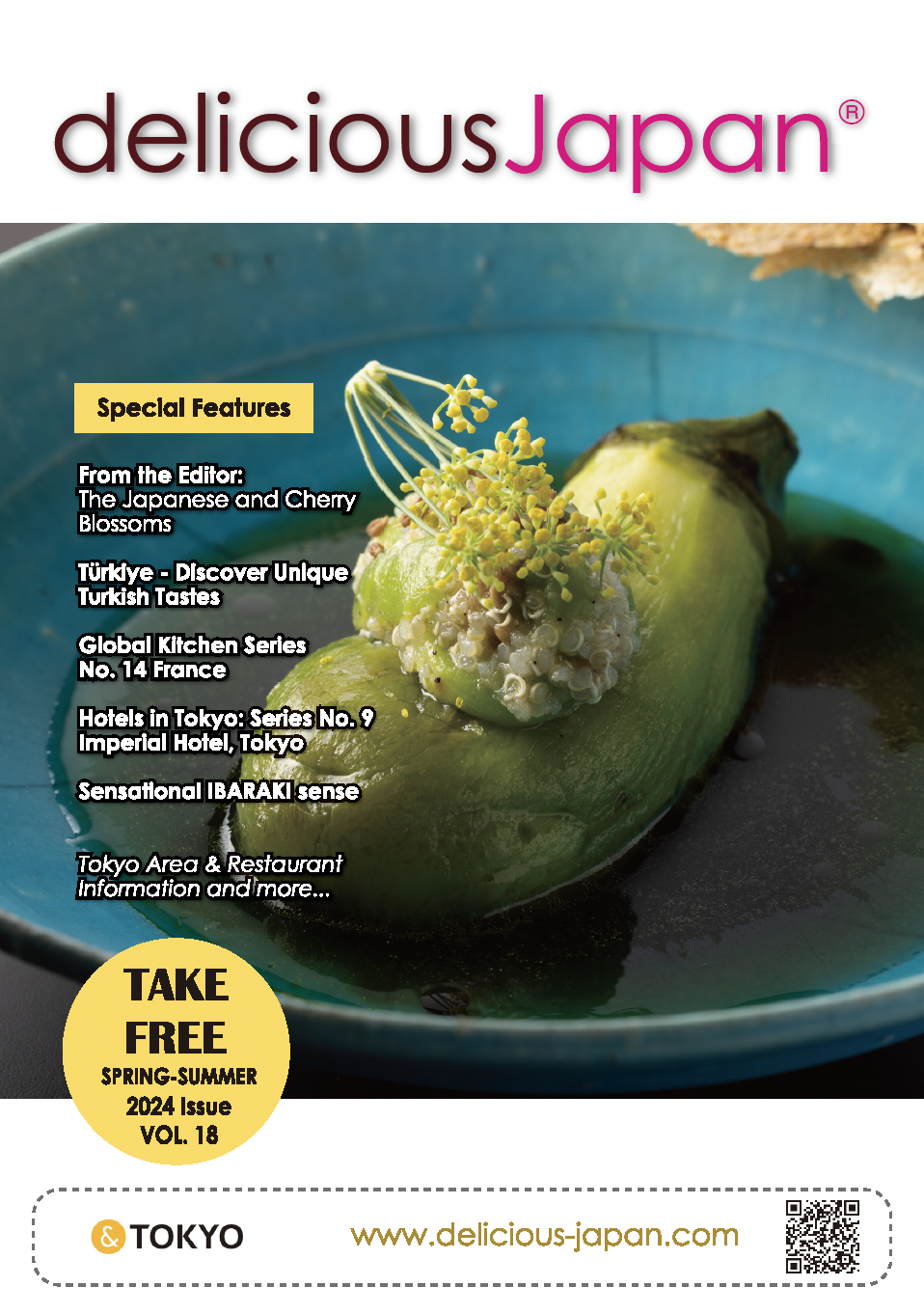
The Essence of Washoku
Washoku (Japanese Food) was registered by UNESCO as an intangible cultural asset in December 2013. That means the traditional food culture of the Japanese people has been globally recognized as one of the leading intangible cultural assets of humanity. But what is the true essence of this washoku that Japan brings to the world? There are many culinary techniques in Japanese food that make the most of the characteristics of the ingredients, and that has also led to unique developments in condiments. The basic condiments are shoyu (soy sauce), miso (fermented bean paste), komezu (rice vinegar), and mirin (sweet cooking rice wine). They are all fermented condiments that use koji (rice malt). Shoyu and miso, in particular, are produced in unique varieties in each region, just as nihonshu is, and becomes the center of local cuisine. The fact that fermented foods are used extensively while fats are hardly used at all has made a great contribution to the longevity and low obesity rates among Japanese people, and is a characteristic of the “Washoku, traditional dietary cultures of the Japanese” registered by UNESCO.
Four Characteristics of Washoku

1. Diverse, fresh ingredients, and respect for their individual flavors
Japan is long from north to south, and is covered by an expressive expanse of nature through seas, mountains, and villages. Diverse ingredients with local roots are used in each part of the country, and preparation techniques and implements have been developed to make the most of their flavors.

2. Nutritional balance to support a healthy diet
The style of Japanese meals, based on soup and three side dishes, served with rice, is said to have an ideal nutritional balance. The skillful use of umami achieves a diet with little animal fat, helping Japanese people live long and resist obesity.

3. Expression of the beauty of nature and the changing seasons
Another characteristic is that washoku expresses the beauty of nature and the changing seasons on the meal table. Dishes are decorated with items such as seasonal flowers and leaves, and furnishings and utensils are used that match the season, to make a sense of the season part of the pleasure of the meal.

4. Intimate linkage with new year and other annual festivals
Japan’s dietary culture has grown up in close linkage with its annual festivals. Sharing the food that is the blessing of nature, and sharing time for food, deepens family and community ties.





